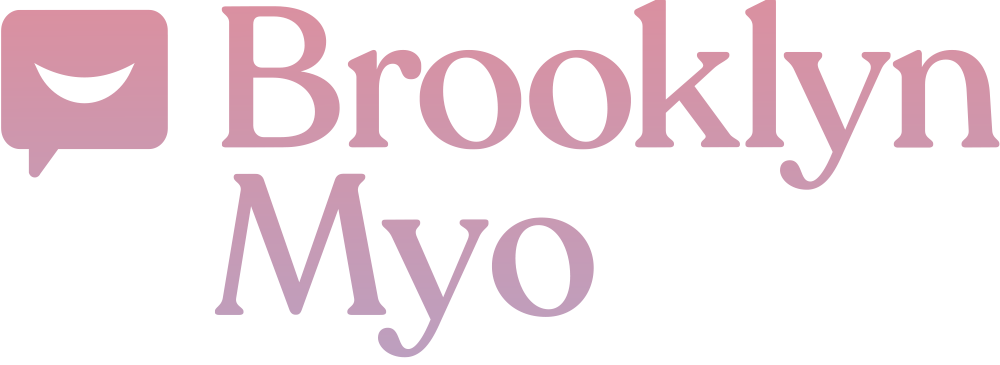Speech Sound Disorders
Do any of these sound familiar?
“I can’t understand what my toddler is trying to tell me.”
“My child has a lisp despite years of traditional speech therapy. Why doesn’t it work?”
“My child is frustrated because he can’t communicate. How do I help him?”
Speech sound disorders refers to any difficulty or combination of difficulties with perception, motor production, or phonological representation of speech sounds and speech segments.
There are many types of speech sound disorders.
A phonological disorder is a type of speech sound disorder in which a child uses patterns of sound errors. For example, a child may use a specific error pattern in his/her speech such as changing all “b” sounds to “p” sounds. Specific error patterns like this one are referred to as phonological processes.
An articulation disorder involves difficulty correctly pronouncing consonant and or vowel sounds. The speaker can add, skip, or change a sound instead of pronouncing it properly.
These errors make it difficult–if not impossible–for people to understand your child’s meaning, in which case the speech is deemed “unintelligible.”
Early Intervention
As children grow, their speech and language habits become deeply ingrained. The longer their mispronunciation goes unaddressed, the harder it becomes to correct.
While parents may smile as their child sweetly says “wabbit” instead of “rabbit”, ultimately the child needs to be taught to produce the sound correctly before the habit becomes permanent.
Treatment
With younger children, we focus on treating speech clarity issues. With older children, we examine the issue through a myofunctional perspective , looking at underlying factors that impact speech intelligibility.
We can then address articulation and treat muscle-based speech-sound disorders.
Successful treatment for phonological disorders focuses heavily on increasing a child’s awareness to the speech errors, practicing correct production of sounds by watching the speech therapist’s mouth, using a mirror to watch his/her mouth, and touching of the face and mouth at times to help shape the mouth appropriately.
Treatment of an articulation disorder varies, but it often involves isolating the unique sound the client struggles with, practicing production of that sound, and then practicing the sound in context.
The goal of speech therapy for children is to enable clearer speech and the confidence necessary to employ their new skills in the context of everyday life.
More Services
Pediatric Feeding & Swallowing Therapy
We take a holistic, family-centered, collaborative approach to help your child develop the sensory-motor skills required to support safe and effective eating and ensure they get adequate nutrition.
Orofacial Myofunctional Therapy
Our program helps patients replace damaging habits with healthy ones, ensuring that the structures in the mouth work properly and stay in balance.
Consultations for Parents
Let’s be honest: managing your child’s services can feel like a full-time job. It can be confusing and overwhelming. It can make you wish you had someone to guide you in targeting your child’s goals. That’s what we’re here for.


